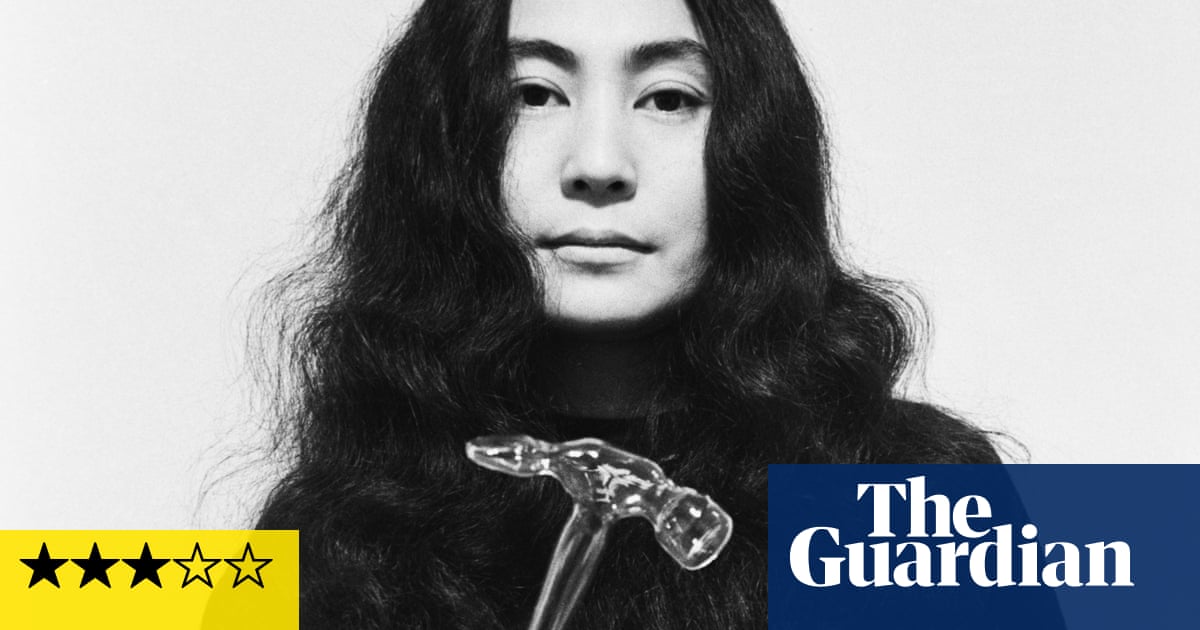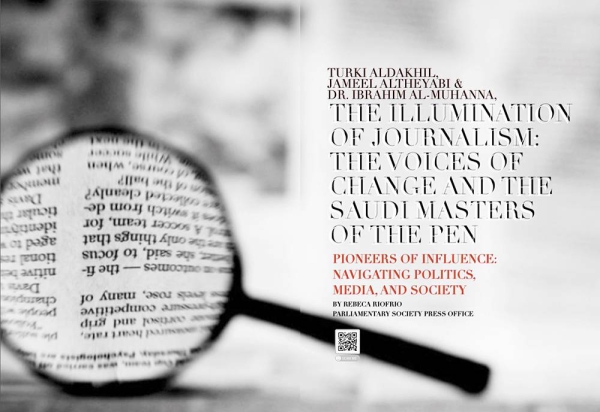
alking to Ellen Gallagher about her paintings is a multi-dimensional slalom ride: we swerve from the social lives of pictures to the sex life of coral and the transportation of slaves across oceans and centuries. Right now her latest works are all finished and singing to each other across a gallery floor before going their separate ways into museums or private collections.
There are just five paintings on display at London’s Hauser & Wirth gallery, but they embody two years of “hard, physical labour” and decades of thought, plugging into a deeply personal mythology that she has developed from Afrofuturist fiction, marine biology, random song lyrics and the struggles of her artist forebears to give black people a proper place in the world.
“The social life of paintings, you know, is quite incredible,” she says, from her studio in the Dutch city of Rotterdam, where she has been rather enjoying directing the installation via video link. “There’s this sliver of time when they will be on view. And I’m very aware that that’s really all I get as an artist. It’s that moment when they’re out of the studio and they exist together the way I wanted them, before they go off into the world and have this other life.” There is a sad side to all this. “I’ve always been really jealous of writers because when you write something, it’s yours forever, whereas sometimes paintings can become private for a really long time.” But then she reconsiders: “Historically, paintings do end up in really magical spaces.”
Gallagher’s mind, like her art, crackles with connections across time and space. “Her work is like jazz on a huge canvas,” wrote the poet Jackie Kay on the eve of a big exhibition of her work at Tate Liverpool in 2007. “She paints riffs, repetitions and refrains. Trauma is presented in patterns, repeated cycles, virus-shapes.” For all that our interview is on Zoom, Gallagher keeps leaping up to find a piece of art, historical evidence to demonstrate a point. Talk of magical spaces reminds her of Cézanne’s 1867 painting The Negro Scipio. The picture is now in the Brazilian city of São Paulo, but how did it get there, when its first owner is known to have been Cézanne’s fellow impressionist, Claude Monet? “It was so special to Monet that he kept it in his bedroom, where he had his favourite works. And then to end up in Brazil, where some scholars haven’t been aware that it exists? It’s such an important work in their collection, so it’s been resurfacing more and more in our appreciation of Cézanne.”
Resurfacing is a key concept for the artist, extending far beyond the physical whereabouts of a painting to what that painting does, and how we receive and process the information. The naked back of The Negro Scipio recalls the lumpy keloid scarring that has been a feature of her work since a series of all-black, textured paintings that she made in 1998 to illustrate the psychosis of race relations in history and its place in western abstract art. The scarring resurfaces in two of her latest pictures as visceral brown bonds between the disembodied heads of women. Picked out in shimmering palladium leaf, the heads are themselves a resurfacing of traditional Fang figurines from the Congo. But in such tumultuous times as ours, resurfacing also reflects changes in our way of looking at things, she says. “We’re seeing differently now, I feel. Mmmm. Mmmm.”
Two of the new paintings, both watercolours, are part of a longstanding series, Watery Ecstatic, which combines marine biology with an Afrofuturist mythology created in 1997 by a Detroit techno act, Drexciya. It imagines a Black Atlantis, inhabited by the descendants of pregnant west African women who were thrown overboard during Middle Passage crossings to America. The paintings fizz with bubble-like forms which, in Gallagher’s own improvisation on the mythology, have come to symbolise the Babylon lost future children of these drowned slaves. They are like eyes, watching us.
Though the paintings are beautiful in their own right, with a presence that doesn’t show in reproduction, you need some familiarity with her recurring motifs to fully understand them. In one, two octopuses – one buoyant and benign and the other sinisterly coiled on the ocean floor – are separated by what I take to be strands of green seaweed. I’m looking, but am I seeing? Well, no, she says tactfully. Actually, it’s all about “whale fall” – the disintegrating carcasses of cetaceans that become an essential part of the nourishment of the ocean as they drift to the sea bed. “When an adult whale dies, and it moves through the water columns it is, of course, eaten. And when it gets to the abyssal zone, it becomes another source of life, its own ecosystem, to be harvested. For creatures that are down there that don’t get a lot of light or nutrients, the whale carcass is a primary food source.” So what I’m actually looking at is whale bones. Of the paintings with the palladium heads, she says: “What I was actually thinking about when I made these was coral spawn. Yeah, the sex life of coral.”
Gallagher’s fascination with marine biology predates her life as an artist. Born in 1965 in Providence, Rhode Island, to an Irish Catholic mother and a US-born father of west African Cape Verdean heritage, she abandoned a creative writing degree for art school after spending a semester studying and drawing sea snails by night aboard a huge commercial fishing schooner. Her octopuses look simultaneously real and emblematic of the monsters in the uncharted corners of colonial maps.
She has described her working process both as scrimshaw (the sailors’ art of carving on the bones and tusks of marine mammals) and as “the airplane-model school of painting.” It’s a strenuous business, which involves collaging, gouging and mounding materials on to a signature background of blue-lined penmanship paper. To accommodate the scale of the paintings she has cut a trench into the floor of her studio, so that she can move her canvases up and down, pummelling and scraping away from both sides. “There’s the official Ellen Gallagher, which is the side I’m showing you. And then there’s this other side that’s all patched up,” she says. “And there’s a very disturbing moment in the life of a painting when that’s actually the better side.”
In non-Covid times, Gallagher divides her time between Brooklyn and Rotterdam, where she lives, and sometimes works, with the Dutch photographer Edgar Cleijne. “For me it’s the blackest city in Europe,” she says – a sea-port which carries a huge freight of mercantile history despite being completely rebuilt after the second world war. Her engagement with the Netherlands extends to its art – the Flemish primitives with their devils, who were “more a disturbance than a physical caricature of a devil”, and 17th-century commodity painters, such as Albert Eckhout, who travelled with the Dutch royal court in the 1630s to document their conquest of Brazil by drawing its people, and its flora and fauna. “I consider these a kind of mapping. For us, they’re forensic evidence of the coming into being of the plantations.”
In her thinking, her materials, and her whole way of working, she’s dealing with such heavy stuff. Is she ever tempted to pack it all in and do something frivolous? “This is very funny,” she replies. “Do you know when I was in school back in 1993, [the artist] Kiki Smith asked me that exact same question. And now it’s 2021. And you just asked me that again?” So what was her reply? “Oh, I just laughed,” she says, “I laughed then and I laugh now.”
She concedes that her work is indeed heavy. “I have been working for a really long time and I feel very blessed to be in conversation in all these years with the incredible people that have supported the work, but I also think there are those who would say it is quite frivolous. You know, it’s painting after all, huh?”












